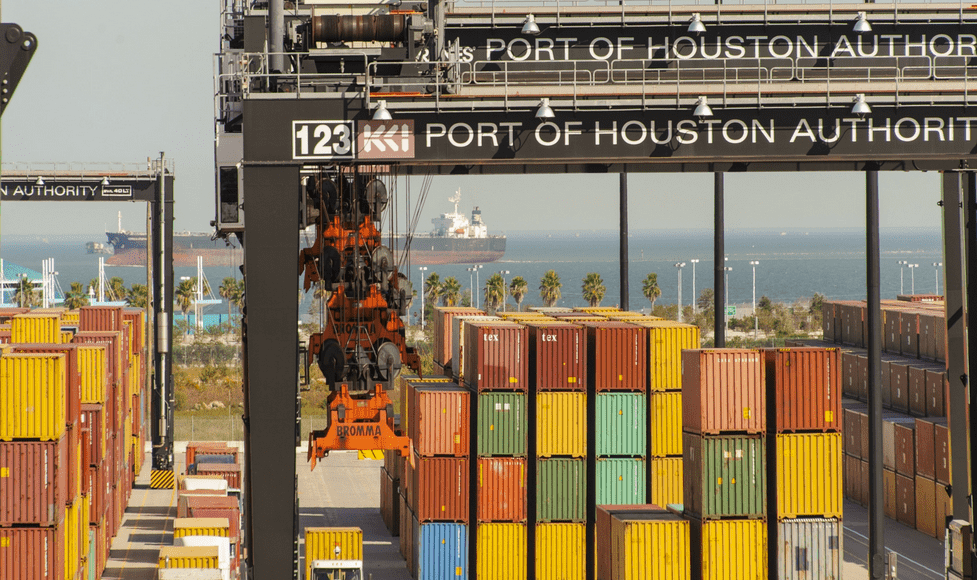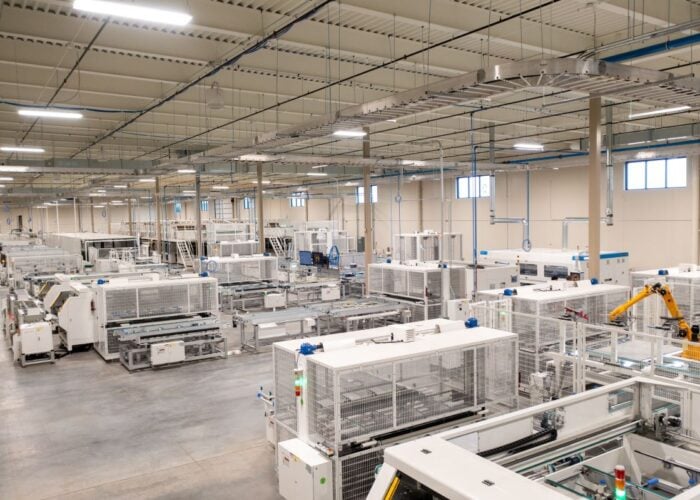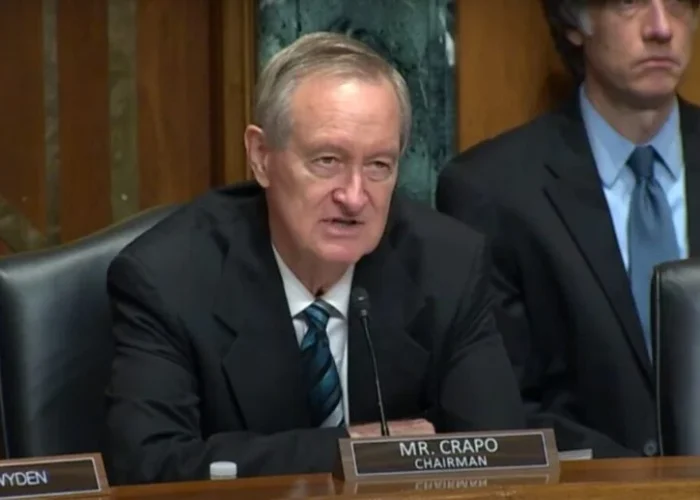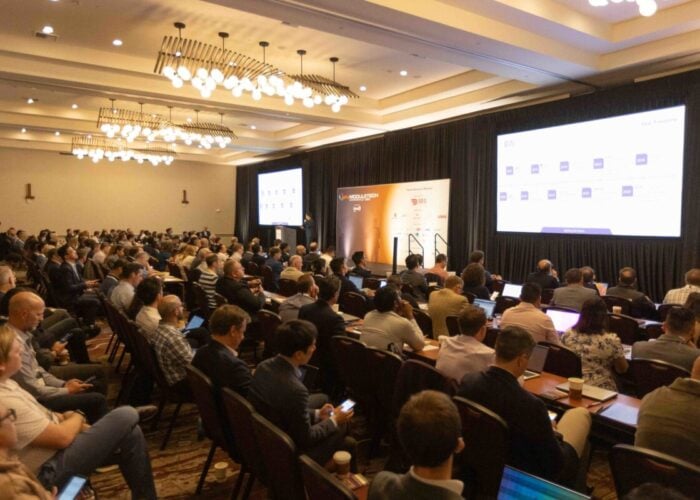
US PV system developers have experienced increasingly serious challenges in module procurement since mid-2020. Prominent among these have been concerns regarding the impact of the Uyghur Forced Labor Prevention Act (UFLPA), a Department of Commerce investigation regarding circumvention of previous anti-dumping and countervailing duties (AD/CVD) rulings on PV cells and modules from China and Taiwan, supply chain disruptions associated with COVID-19, and more than two years of constrained global polysilicon supply and high prices during the period 2020-2022. Hence the signing of the Inflation Reduction Act (IRA) into law on August 26, 2022, with its promise of significant investments in domestic PV manufacturing capacity, seemed to assure relief.
Indeed, an accelerating stream of company announcements of US-based PV manufacturing facilities has occurred. The cumulative investment associated with these announcements as of October 31 totalled US$15.9 billion, including plans for over 150GW of domestic module manufacturing capacity by 2027, far greater than the 44GW of annual installation volume anticipated for that year, according to industry body the SEIA.
Unlock unlimited access for 12 whole months of distinctive global analysis
Photovoltaics International is now included.
- Regular insight and analysis of the industry’s biggest developments
- In-depth interviews with the industry’s leading figures
- Unlimited digital access to the PV Tech Power journal catalogue
- Unlimited digital access to the Photovoltaics International journal catalogue
- Access to more than 1,000 technical papers
- Discounts on Solar Media’s portfolio of events, in-person and virtual
However, module buyers cannot take these announced capacity plans and timelines at face value. Projects must move through a complex process including site selection, design, permitting, financing, and EPC before becoming operational. All too often, optimistic execution timelines come face to face with the reality of delays and, in some cases, dead ends. CEA’s assessment is that of the 150+ GW of module capacity additions announced at the time of writing, less than 50% are likely to be operational by 2027.
Further, the module assembly plants that are completed and become operational will require a supply of cells (as well as other key materials such as glass, encapsulant, frame, and more). Public announcements of US cell capacity additions total 84GW, of which CEA expects 33GW to be operational by 2027, both far below announced/expected US module assembly capacity referenced above. As a result, many US module assembly facilities will depend on imported cells.
With the large majority of global cell processing capacity located in Asia, the same constraints limiting the available supply of module imports will impact the availability of cell imports, including UFLPA constraints as well as AD/CV duties, unless the cell is manufactured from a non-Chinese wafer. Likewise, domestic cell capacity additions will significantly exceed US ingot/wafer capacity additions. Hence US cell-processing facilities will depend on wafer imports – and with ingot/wafer capacity even more concentrated in Asia than cell/module capacity, the constraints impacting module and cell imports will impact wafer imports as well. In short, notwithstanding the announcements of US PV manufacturing capacity additions, the US market will depend on imports of modules, cells and/or wafers for years to come.
Procurement teams also face a fast-evolving PV technology landscape. Modules incorporating the current standard p-type mono-PERC cells are rapidly giving way to higher performance cell architectures such as TOPCon and heterojunction (HJT) based on n-type wafers. These technologies and other options such as First Solar’s CdTe-based thin film modules present a range of performance metrics such as conversion efficiency, temperature coefficient, bifaciality and degradation rate. The impact of these performance metrics on system economics will vary with location, and hence will impact technology choice for a given system. Further, the timing of this technology transition is not uniform across suppliers, influencing when modules based on these higher performance technologies are available to US customers from individual suppliers.
A final key consideration for US PV module procurement is the pricing environment and the outlook for how this will evolve. US buyers currently face a price premium approaching 2X compared to global prices, caused by the barriers restricting US module imports described above. At the time of writing, US module prices for immediate delivery were in the US$0.30-0.40/W range compared to US$0.13-0.16/W in Europe, while US pricing for delivery in the second half of 2025 was in the US$0.27-0.36/W range compared to US$0.13-0.15/W in Europe. This price differential reflects the tightly constrained supply of modules available for the US market, in contrast to the amply supplied global market characterised by manufacturing capacity utilisation ranging between 70% for polysilicon production through 40% for module assembly. The timing and pace at which US market prices may normalise towards global process remains uncertain and will be influenced by the pace, location and technology of actual PV manufacturing capacity additions both domestically and in international locations not subject to import constraints. Other relevant factors will include the enforcement of existing US laws and potential changes to these laws going forward.
Developers and independent power producers (IPPs) operating in this complex and constantly evolving environment require a significant commitment of resources to research and analyse the multiple factors at play. Among the highest-priority ongoing tasks for a US developer or IPP are:
- Preparing and maintaining a fact-based analysis of how module supply able to serve the US market will evolve over the next five years;
- Quantifying how the performance of different cell/module technologies (including thin film) translates into target price premia or discounts across the technology options;
- Evaluating the capabilities of aspiring domestic manufacturers, with a focus on their technology partners and operational capability;
- Identifying and understanding the factors supporting high US market prices and preparing how to respond when these factors change;
- Developing and maintaining an understanding of and insight into energy- and trade-related policy at the federal and state levels;
- Building flexibility into procurement strategies wherever possible to reflect the key areas of uncertainty in the supply environment.
The only thing certain about the outlook for US PV module procurement is that there are multiple dimensions of uncertainty. Companies taking the steps outlined above will be best prepared to thrive despite the uncertainties that lie ahead.
Martin Meyers is principal consultant, market intelligence at industry advisory company Clean Energy Associates (CEA).







